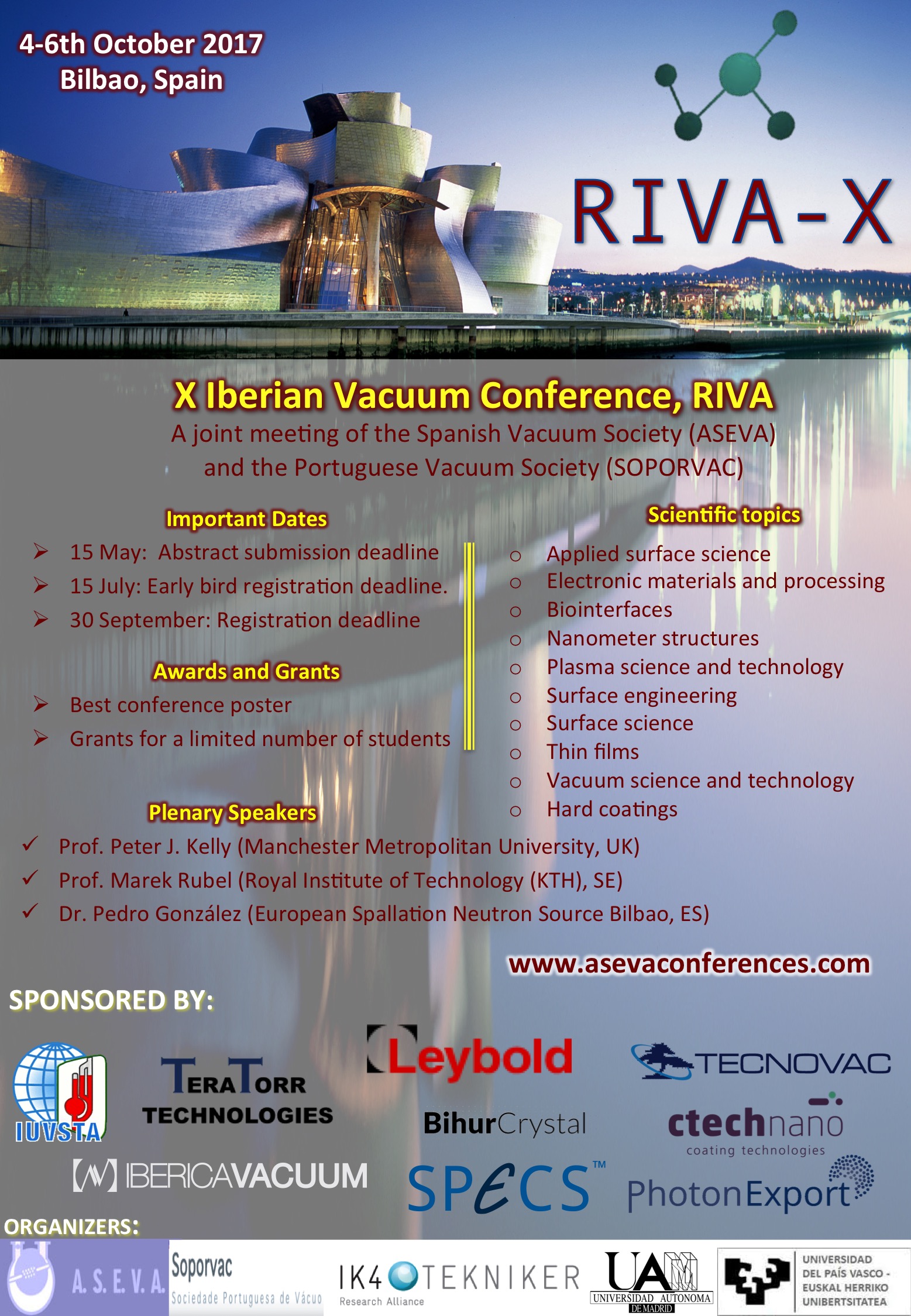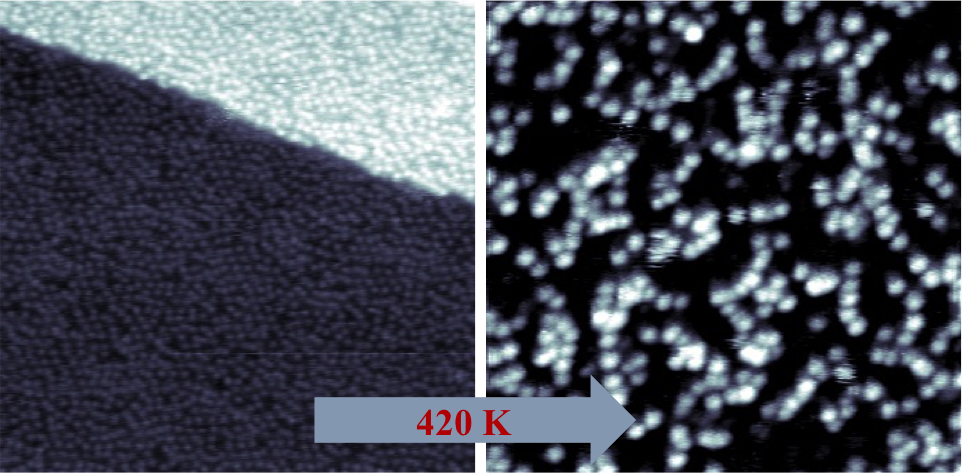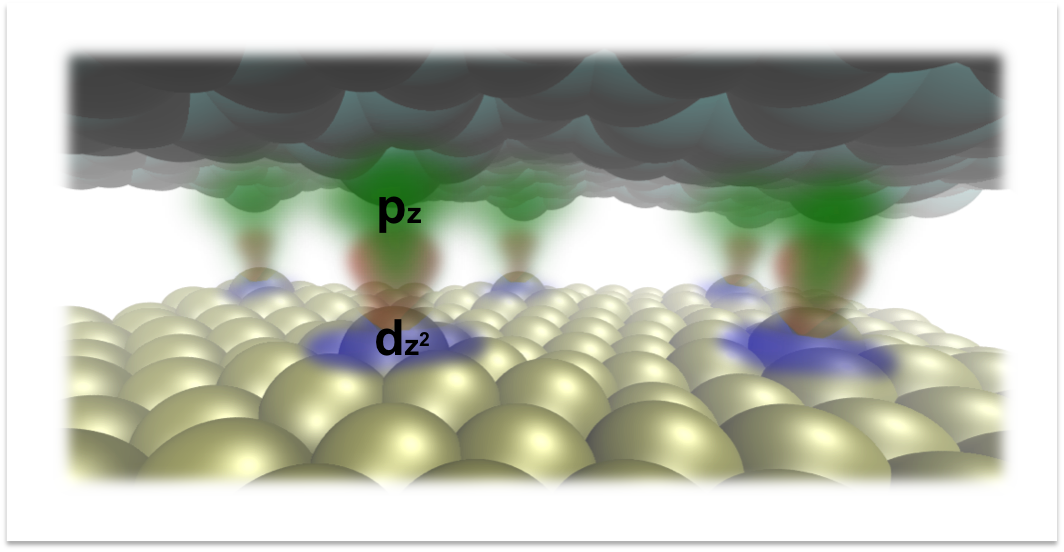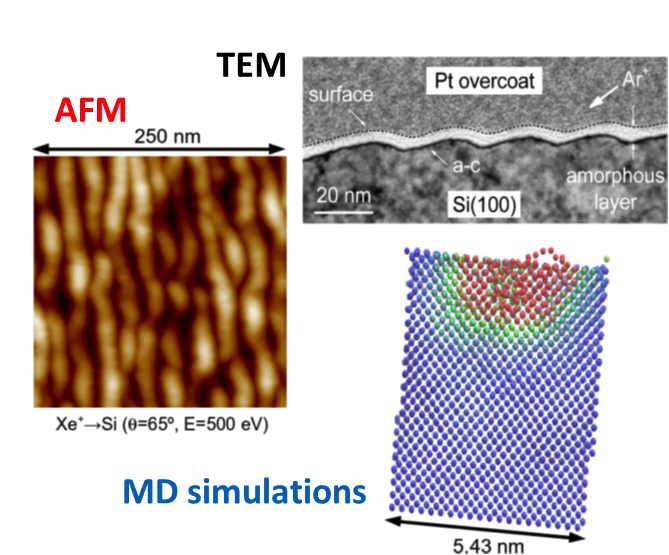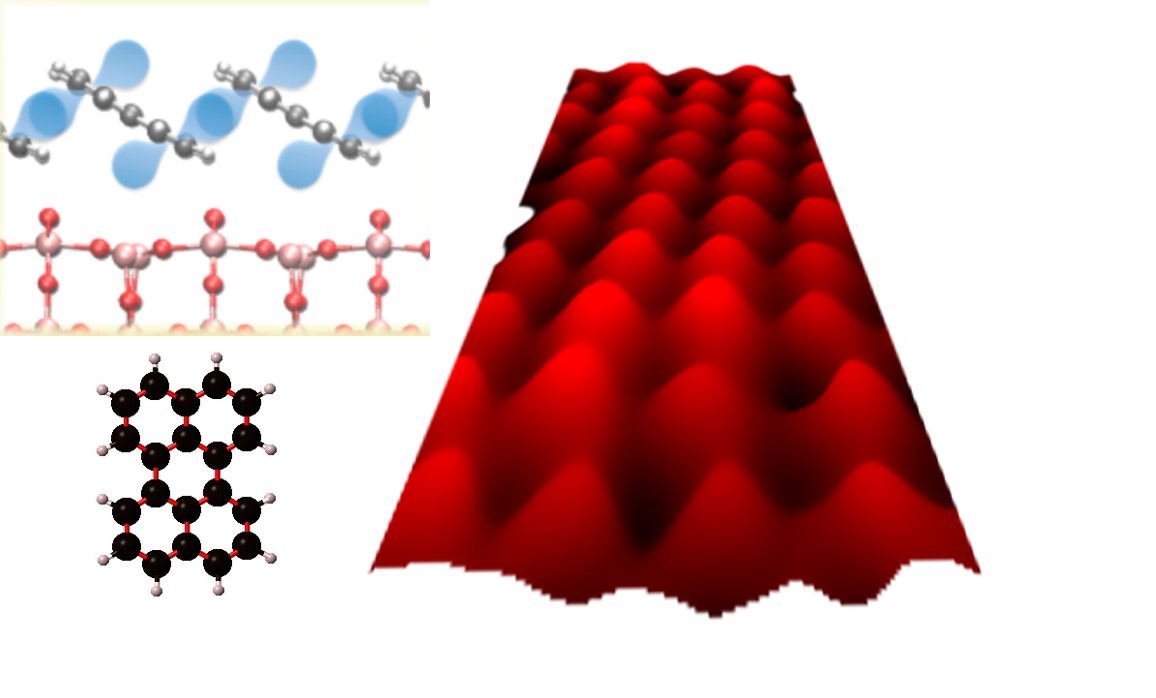On-surface chemistry: (cyclo)dehydrogenation of PAH catalysed by coinage metal surfaces (Phys. Chem. Chem. Phys. 2017)
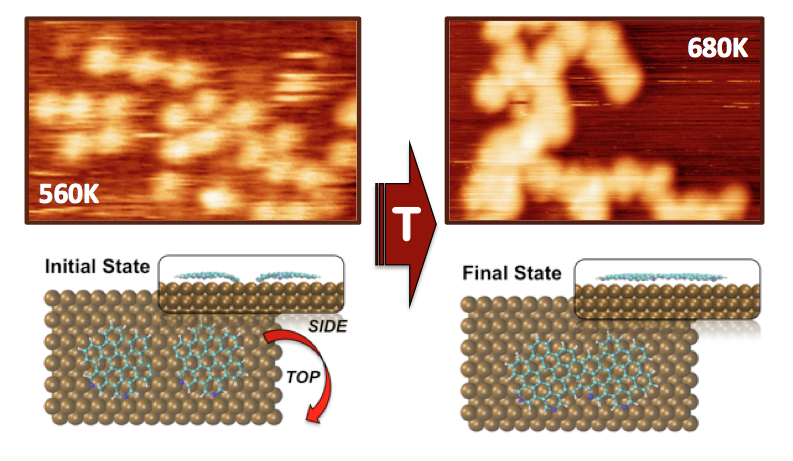
New nanoarchitectures can be built from polycyclic aromatic hydrocarbons (PAH) by exploiting the catalytic properties of some metal surfaces. Actually, this bottom-up approach allows the formation of nanostructures with different dimensionality from the same precursor as a consequence of the diffusion of the PAH on the surface. Thus, by selecting…




